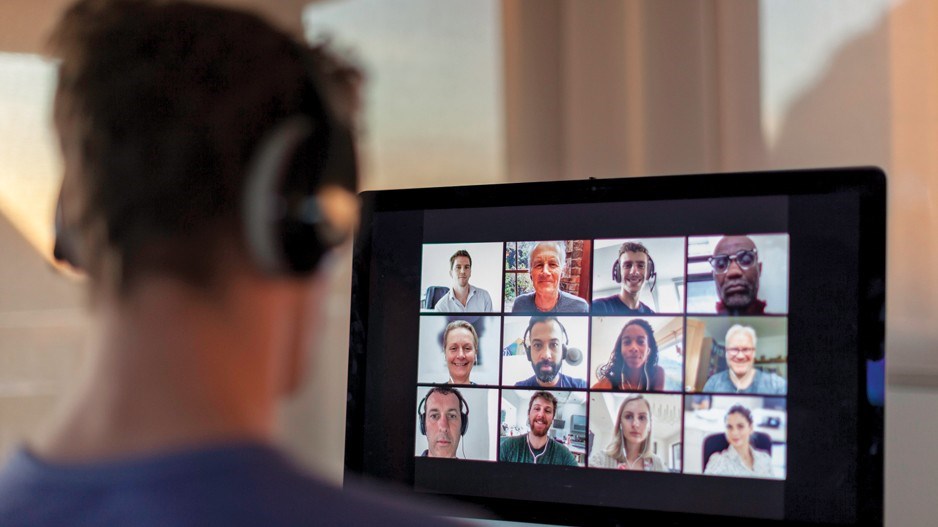As vaccines begin to roll out across the province, employers and employees are wondering what the return to work will look like.
Among employees working from home, 64% say they aren’t sure about or wouldn’t feel comfortable returning to their pre-pandemic workplace in the next three months, according to a recent PWC study.
Many of these employees also believe they have been as productive or more productive working from home than they have at their workplace: 35% said they were more productive; 40% said their productivity was the same.
So why return to the office?
Employees from various fields are split on the form work should take in a post-pandemic world. However, most employees working from home agree that some form of remote work should be included. Only 20% say employees should return full-time to the office. The remaining 80% suggest that employees should be allowed to spend at least some of their time working from home.
“I think we are going to see kind of a hybrid model,” said Terri Griffith, professor of innovation and entrepreneurship at Simon Fraser University (SFU). “You can design for [any hybrid model]. There is no one best way; there’s just a best way for what you’re trying to do.”
However, a hybrid model doesn’t mean saying anything goes or allowing employees to decide to work where they’re most comfortable. Griffith said her main concern is that employers won’t take enough care to create a system that fairly integrates everyone’s contributions. The PWC study highlighted that some of the biggest challenges employees had working at home were communication, connectivity and collaboration. Companies are being challenged to help ensure both remote and workplace employees have an equal opportunity to head new projects, share their ideas and move up in the company.
Forty per cent of the employees who were given upskilling opportunities during the pandemic saw a jump in productivity, while 83% of employers said that offering upskilling opportunities improved job performance, according to the PWC study.
For some companies this may mean choosing a one-model-fits-all solution in which everyone works remotely or everyone returns to the workplace. However, Griffith said, it’s possible, though not always easy, to create a system that equally values both type of workers.
“It’s going to take a strong company commitment to make a hybrid work well. It’s not impossible; it’s just you have to design for that. If all you say is, ‘Employees, you get to pick,’ that’s not going to work because it means you’re not going to pay for the best collaboration capabilities; you’re not going to incentivize people to work within those collaborative tools.”
Griffith is also concerned that medium-sized companies may not be as well equipped to handle a hybrid model as major players or even smaller, more nimble companies are. Large organizations like SFU can devote resources and an entire team to developing a system and maintaining a good hybrid working environment. Smaller companies can easily check in with employees and ensure they are involved. Medium-sized companies, however, may not be able to work it out through conversation or to devote a team to the task.
But there are other approaches.
Griffith said there are a number of strategies employers can implement to help make a hybrid model work. One policy is to ensure all meeting attendees use the same medium for meetings, either all in person or all by video chat or conference line. Griffith said having multiple people using different collaboration methods can create a silo effect, with groups excluding each other from their conversations.
Another important strategy companies should consider, she said, is to develop a process for assigning projects, opportunities and promotions so that they’re not giving preferential treatment to employees seen regularly in the office and unintentionally excluding at-home workers. •




